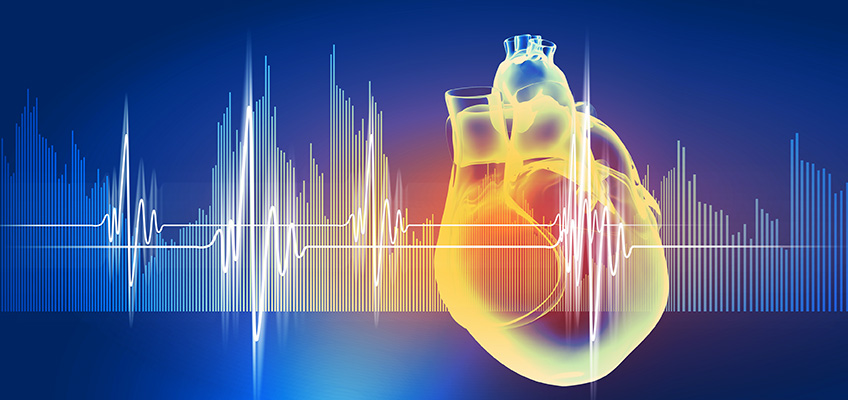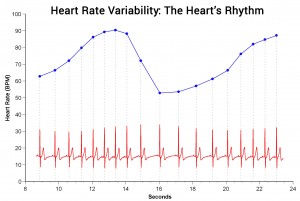
Heart rate variability (HRV), which is at the core of research the HeartMath Institute conducts, is a measure of the naturally occurring beat-to-beat changes in heart rate/heart rhythms. It serves as a critical method for gauging human health and resiliency.
"The study of heart rate variability," according to HeartMath’s signature work, Science of the Heart, "is a powerful, objective and noninvasive tool to explore the dynamic interactions between physiological, mental, emotional and behavioral processes."
Numerous studies show HRV is a key indicator of physiological resiliency and behavioral flexibility, and can reflect an ability to adapt effectively to stress and environmental demands.

Researchers use HRV, as measured by an electrocardiogram (ECG) or pulse wave recording, to assess the state of the autonomic nervous system (ANS), which controls our heart and breath rates, gastrointestinal tract movement and gland secretion among other internal bodily functions. HeartMath has utilized HRV analysis for many years to examine the influence positive and negative emotions have on the ANS.
Variability, or a certain degree of irregularity in our heart rhythms actually is quite normal, though too much instability can be detrimental to efficient physiological functioning.
Analysis of heart rhythm patterns also can provide an objective measurement of physiological coherence, a term that describes a state of high performance characterized by harmony in the body’s oscillatory systems.
Heart rate variability analyses are used today in a broad range of applications to help individuals with debilitating conditions such as elevated stress levels, depression, overweight, anxiety disorders, anger management issues and much more.
HRV analyses are integral to the intervention tools, programs and technology HeartMath tailors to individuals in a variety of settings, including schools, health professions, corrections facilities and corporate groups among others.
Learn more about Heart Rate Variability and The Science of the Heart.

